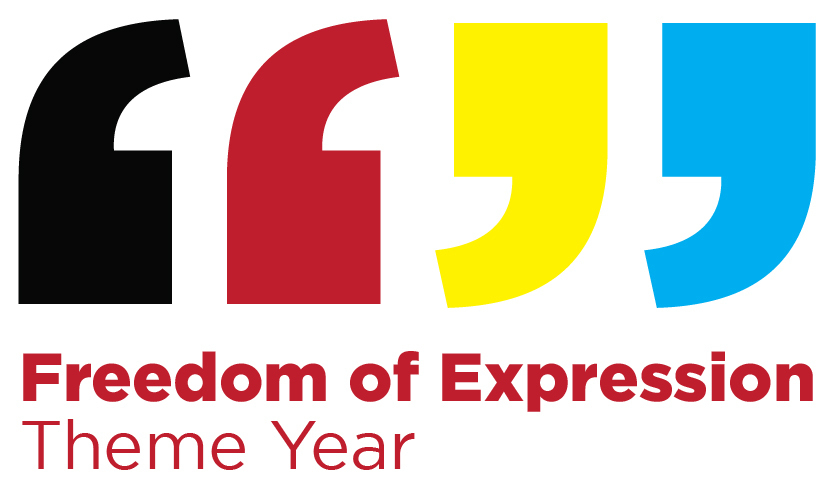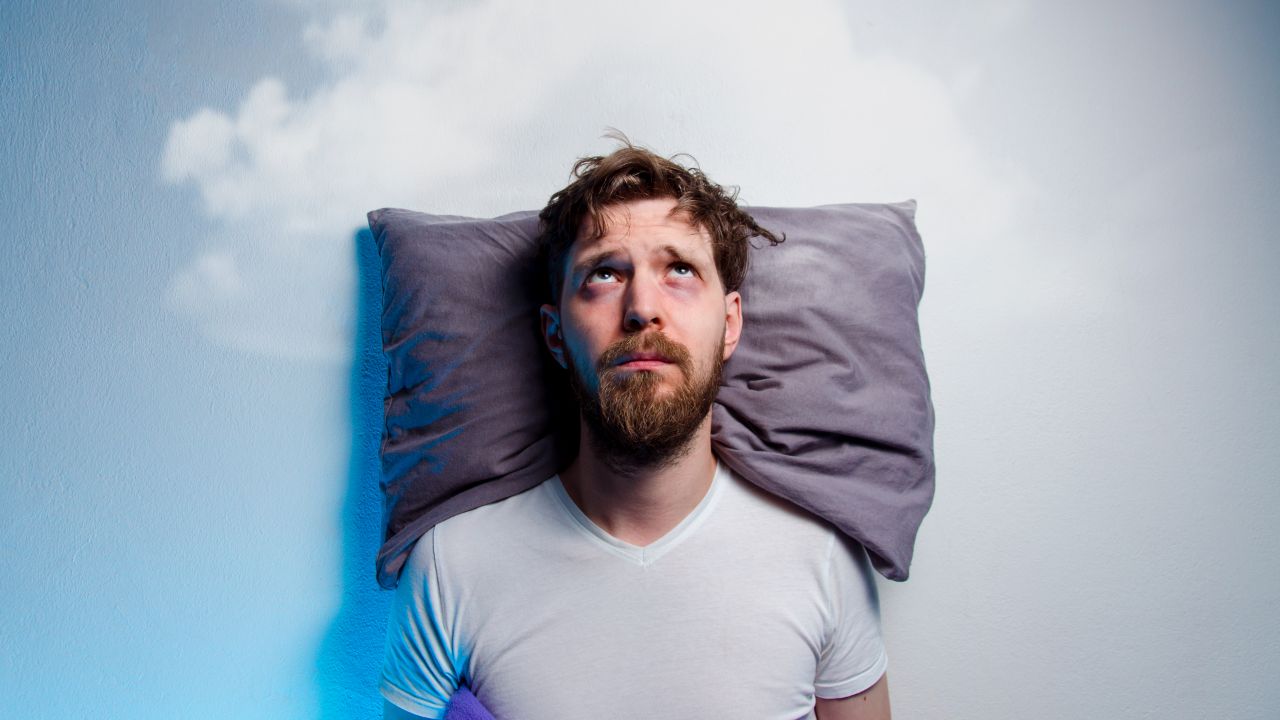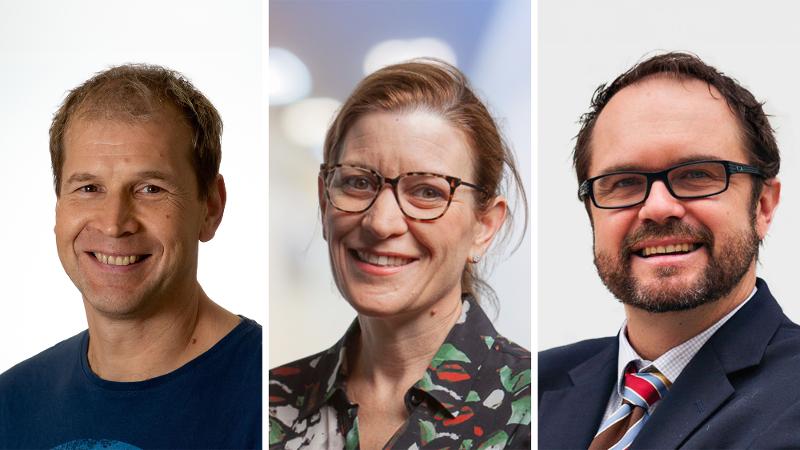Sport – and more broadly physical activity – are ingrained into the Australian way of life. They form an important part of the country’s modern cultural identity that begins early in life.
Almost half of all young Australians – or 47 per cent under the age of 15 – are engaged in organized sport or physical activity at least once a week, and participation rates among older teenagers is notably higher at more than 80 per cent.
This substantial engagement of Australian youth in sport and physical activity is heartening as there are tremendous benefits for young people’s physical and emotional health, their social development and learning healthy lifestyles, even supporting recovery from trauma.
At the societal level, we also see implications for social cohesion and the promotion of peace in communities experiencing conflict, as well as community and economic development, among others.
In fact, sport and physical activity have been found to be so valuable to individuals, communities, and our collective society that the United Nations Educational, Scientific, and Cultural Organization (UNESCO) has declared sport and physical activity a fundamental human right.
Unfortunately, this opportunity to engage in sport is not available to all youth, who face barriers including financial cost, racism, sexism, ableism and xenophobia, thus a level of privilege is necessary to gain access and reap the benefits of sport.
One group of young people particularly impacted by inequities of access are youth involved with the justice system.
Despite the increased vulnerability of these young people and the constructive role that sport could play in mitigating inequity, existing infrastructure is currently inadequate to support meaningful participation across the system.
We need to strengthen the use of sport with our young people who are incarcerated for the benefits it creates for everyone in society.
EVERYONE HAS A RIGHT TO SPORT
More than 9000 young people are involved with Youth Justice in Australia. Young people under the supervision of justice systems are five times as likely to come from the lowest socioeconomic areas compared to youth in the highest.
Not dissimilar from justice systems around the globe, ethnically minoritised and First Nations populations are criminalised and incarcerated at disproportionate rates in this country.
Upon leaving detention facilities, justice-involved youth have been found to have increased disengagement from formal institutions such as education, increased incarceration rates, reduced levels of employment, and worse general health over a lifetime.
Around the world, and within Australia, this group of young people are often considered some of our societies’ most vulnerable – and resilient – due to the high level of structural and systemic inequities they face before and after being involved in the system.
POSITIVE OUTCOMES FROM INVOLVEMENT WITH SPORT
These challenging outcomes and compounding inequities require our society to address this very complex problem through innovative thinking.
There is a growing body of international research that underscores the role that sport can play in closing the gap on inequalities among justice-involved youth and highlights sport as an important piece to the larger puzzle.
The purported physical, social and emotional benefits in this body of literature often mirror those that we see in school and community settings However, there are also many reported benefits unique to the custodial setting.
For example, sport and physical activity educational programs can support positive reentry pathways for people exiting prison, and in supporting safety within the facility.
Yet, despite these promising findings, the cultural appreciation for the power of sport, and declarations of sport as a fundamental right, we continue to see some impressive one-off programs but not equitable access and a robust use of sport across youth justice systems globally and here in Australia.
In reading national and state guidelines concerning sport in youth detention, we found varied standards on what access and programming should look like.
BARRIERS TO EQUITABLE ACCESS TO SPORT
The Australasian Juvenile Justice Administrators (AYJA), a collective body of senior executives that provide standards and guidelines for youth justice across Australia, state in the Juvenile Justice Standards: “Children and young people are provided with access to a range of programs and activities that promote their development and wellbeing.”
Although they highlight the need for developmental and wellbeing programs, the standards do not include any mention of sport.
At the state-level, it was promising to see, at times, more robust language in existing guidelines where sport should be available on a daily basis to young people and should be involved in the treatment program including being linked to education or other rehabilitative outcomes.
Yet, the ACT Inspector of Correctional Services has reported that these guidelines struggled to implement recommendations where issues of lockdown, staff shortages, or behavioral incidents impeded sport participation.
And unfortunately, there were disparities in guidelines across states, meaning that depending on where a young person was incarcerated they may or may not have access.
What we are seeing is that the existing infrastructure around sport within youth justice falls short of supporting equitable access across detention facilities, leaving it up to individual administrators and staff to go above and beyond to provide sport programming.
Often, we find one passionate and outstanding staff member who takes on the construction of a sport program, only to see that program dissolve if that person leaves or changes positions.
Ultimately, deficiencies in the existing infrastructure create challenges in practice related to prioritising, resourcing, thoughtfully informing, sustaining, and evaluating sport programming. In other words, the current system does not support administrators, practitioners and youth in achieving the reality of what sport can provide.
A PATH FORWARD
Recognising the existing gaps and inequities is the first step, and the second is recognising the role that many of us have in the resolution, to uphold the right to sport for all youth and the actualisation of the power of sport.
UNESCO’s International Charter on Physical Education, Physical Activity, and Sport has underscored, in-depth, the valuable role of sport in society.
Governments, intergovernmental organisations, sport entities, researchers, educators, practitioners, and coaches are to commit to the principles within the Charter to make possible the reality of what sport can achieve for the ‘social progress’ of our world.
Practically speaking, it provides a valuable resource to guide the necessary policy, research, and programmatic efforts needed in Australian youth justice as it relates to sport.
This could include revising policy that mandates access to sport and is tied to financial provisions, as well as increased research in the field of youth justice and sport to build evidence-informed programming.
Other aspects include wide-scale implementation of thoughtfully constructed sport programs, closely aligned with youth development principles and operated by trained staff and coaches who are supported to evaluate these programs to commit to continuous improvement.
What we are asking is to redesign policy, build programs, conduct research to promote and strengthen the use of sport with our young people who are incarcerated and do it for all the moral and evidence-informed and economic reasons for why it makes sense.
But also do it because we want to live in a society where sport isn’t a privilege it’s a right.
Disclosure: The views and information presented in the article are those of Dr McDonough and do not represent the Fulbright Program, IIE, nor the US or Australian government.








